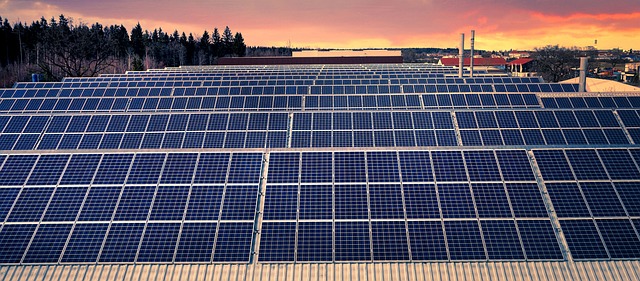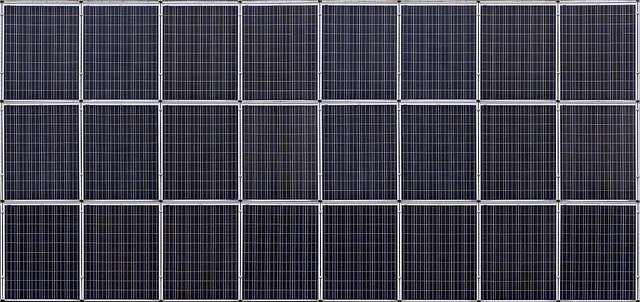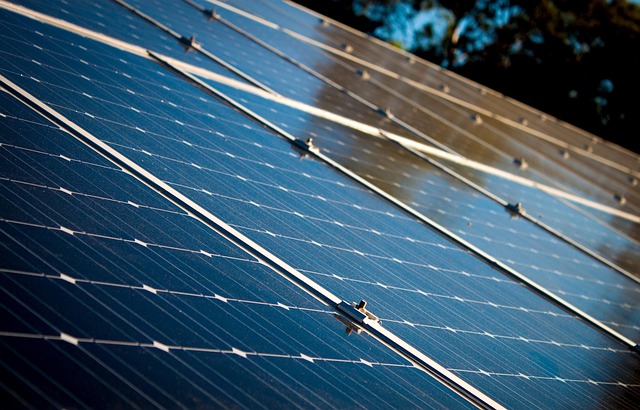Incentives and rebates in the real estate market offer significant financial benefits for buyers, sellers, and investors by reducing installation costs of eco-friendly features. These incentives promote sustainable practices, making energy-efficient properties more affordable and accessible to homeowners. By leveraging tax credits, grants, and manufacturer rebates, real estate professionals can enhance project profitability while providing clients with modern, environmentally responsible solutions, contributing to global climate change mitigation efforts.
In today’s competitive real estate market, understanding incentives and rebates can significantly offset installation costs. This article explores how financial incentives, ranging from government rebates to industry promotions, can help homeowners navigate the expense of renewable energy systems. By delving into these benefits, we uncover not only cost savings but also environmental advantages that contribute to a greener future. Whether you’re a homeowner or a real estate enthusiast, this guide offers valuable insights into harnessing the power of incentives.
Understanding Incentives and Rebates in Real Estate

Incentives and rebates play a significant role in the real estate landscape, offering potential buyers and sellers attractive options to offset installation costs and make their transactions more financially feasible. These incentives can come in various forms, such as cash-back offers, government grants, or manufacturer rebates for energy-efficient appliances and systems. Understanding these benefits is crucial for anyone navigating the real estate market, as they can significantly impact the overall budget and long-term savings associated with a property purchase or renovation.
Real estate professionals recognize the value of these incentives in attracting buyers and encouraging eco-friendly choices. By taking advantage of rebates, homeowners can reduce initial installation expenses while contributing to sustainable practices. Whether it’s installing solar panels, upgrading to energy-efficient appliances, or implementing smart home technology, rebates and incentives provide a compelling argument for investors looking to make strategic decisions that balance cost and environmental responsibility in their real estate ventures.
How Installation Costs are Offset

In the real estate sector, installation costs can significantly impact a project’s overall budget. However, incentives and rebates play a crucial role in offsetting these expenses, making high-quality installations more accessible. These financial perks are often offered by manufacturers or government bodies to encourage the adoption of specific products or technologies. For instance, when installing energy-efficient appliances or renewable energy systems, homeowners or developers might receive rebates, which can cover a substantial portion of the installation costs.
Additionally, incentives like tax credits and grants further reduce the financial burden. These offers are designed to promote sustainable practices, improve building efficiency, or adopt cutting-edge technologies. By taking advantage of these benefits, real estate professionals can enhance their projects’ profitability while offering clients state-of-the-art solutions that may also have long-term environmental advantages.
Benefits for Homeowners and the Environment

Incentives and rebates offer significant advantages for both homeowners and the environment in the context of real estate. For homeowners, these financial benefits can offset initial installation costs associated with energy-efficient systems, such as solar panels or smart thermostats. This not only makes these upgrades more affordable but also encourages a transition to sustainable living practices. By taking advantage of incentives, homeowners can reduce their carbon footprint and contribute to a greener future.
Moreover, environmental benefits extend beyond individual homes. Widespread adoption of energy-efficient technologies can lead to decreased energy consumption, reduced greenhouse gas emissions, and improved air quality. This collective effort not only preserves natural resources but also fosters a more sustainable and resilient real estate market, aligning with global efforts to combat climate change.






